NASA's Wise Gets Equipped To Survey The Whole Sky

Edward Wright, the chief investigator for the mission at the University of California, said: "We will find millions of objects that have never been seen before."
Further afield, it could identify galaxies that are shrouded by dust, or so ancient and remote that current telescopes cannot make them out.
Excitingly, it may also find a theoretical ninth planet in our own solar system (since Pluto is no longer counted as a planet, there are at present only eight).
The patterns of comet orbits around our sun suggests that there may be a enormous gas giant planet, about 25,000 times as far from the Sun as the Earth is, as yet undetected.

The Wise telescope may possibly spot a Jupiter-sized planet as far as 60,000 Earth-to-Sun-distances (called astronomical units, or Aus) from the Sun, according to one of the scientists behind it, Peter Eisenhardt of NASA's Jet Propulsion Laboratory in Pasadena, California, and it will be vigorously looking for the distant giant.
It is believable, if unlikely, that the telescope could save the planet, as well. Since it will be able to spot formerly invisible asteroids, it might give us enough warning to do something about it if one was on a collision course with Earth.


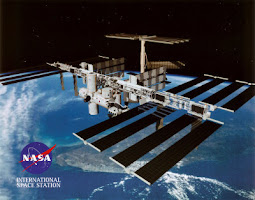
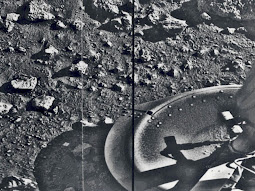
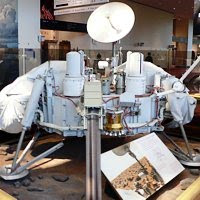


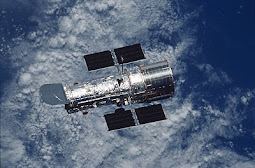
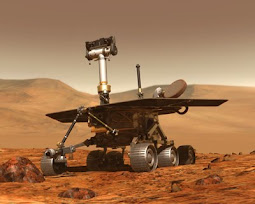



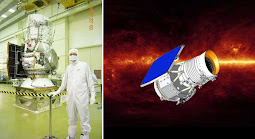
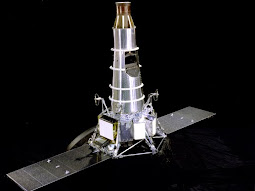
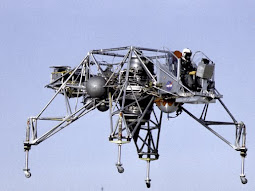



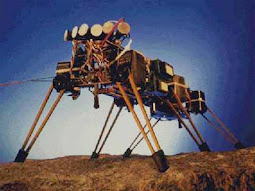
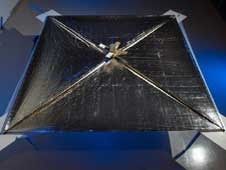


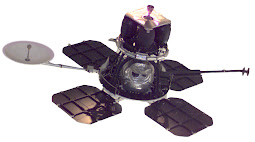
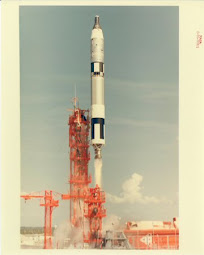


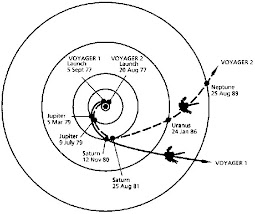

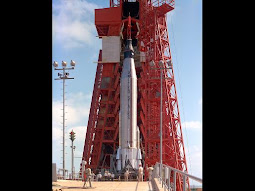

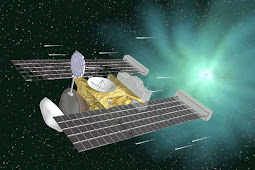
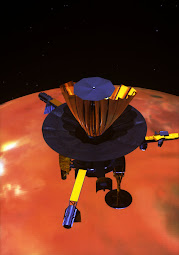
0 comments:
Post a Comment